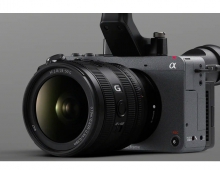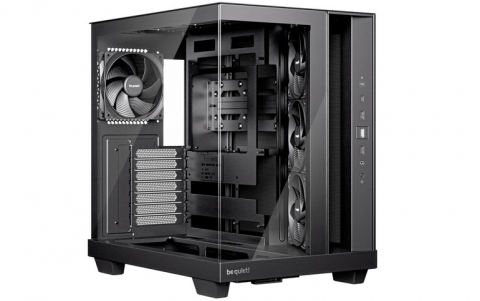
Sony exec targets 2007 for Cell processor expansion
Fujio Nishida, executive vice president of Sony Corp., said new Cell processors for its third-generation PlayStation video game console will also drive Sony's home server and HDTV products in 2007.
Speaking at an extravagent media event here this week attended by more than 400 journalists, Nishida said Sony's device strategy remains focused on the Cell processor designed jointly with Toshiba and IBM and originally promoted by Sony executive Ken Kutaragi. Nishida's comments also marked the first time Sony has revealed a time line for the company's Cell-based consumer products other than PlayStation 3.
Sony's recent management shakeup, in which Kutaragi stepped down from Sony's board and his management role was curtailed to running only Sony's game division, has spawned uncertainty about how hard Sony's new managers will fight for the Cell processor. One question is whether they would direct divisions other than the video game unit to use Cell in new products.
Positioning the Cell processor as "a media processor for the broadband engine," Nishida described it as ideal for handling "massively rich content at an astonishing speed." Asked when the new processor will appear in products other than PlayStation 3, Nishida said internal projects to design the Cell processor into home servers and HDTVs are underway, and that commercial products will appear in 2007.
"Right now, using the Cell processor in our HDTV products would be overkill," he said. The media processor's multi-core structure will shine in a future home server where multiple streams of HD video programs need to be simultaneously transmitted in real time to multiple displays, Nishida explained.
"We are still looking for applications that will make sense for the Cell processor to reside in a variety of new consumer products," he added.
Nishida said there are currently no plans to enlist other Cell partners, but added that Toshiba can sell the processor to others. Because the Cell processor will drive millions of Playstation 3 units by 2007, Nishida said he is convinced that market momentum and economies of scale behind its proprietary processor will emerge without seeking new CE partners.
Acknowledging the commoditization of many consumer products, Nishida said Sony needs a platform like the Cell processor to differentiate its products as it struggles to regain market share.
Sony's recent management shakeup, in which Kutaragi stepped down from Sony's board and his management role was curtailed to running only Sony's game division, has spawned uncertainty about how hard Sony's new managers will fight for the Cell processor. One question is whether they would direct divisions other than the video game unit to use Cell in new products.
Positioning the Cell processor as "a media processor for the broadband engine," Nishida described it as ideal for handling "massively rich content at an astonishing speed." Asked when the new processor will appear in products other than PlayStation 3, Nishida said internal projects to design the Cell processor into home servers and HDTVs are underway, and that commercial products will appear in 2007.
"Right now, using the Cell processor in our HDTV products would be overkill," he said. The media processor's multi-core structure will shine in a future home server where multiple streams of HD video programs need to be simultaneously transmitted in real time to multiple displays, Nishida explained.
"We are still looking for applications that will make sense for the Cell processor to reside in a variety of new consumer products," he added.
Nishida said there are currently no plans to enlist other Cell partners, but added that Toshiba can sell the processor to others. Because the Cell processor will drive millions of Playstation 3 units by 2007, Nishida said he is convinced that market momentum and economies of scale behind its proprietary processor will emerge without seeking new CE partners.
Acknowledging the commoditization of many consumer products, Nishida said Sony needs a platform like the Cell processor to differentiate its products as it struggles to regain market share.





















